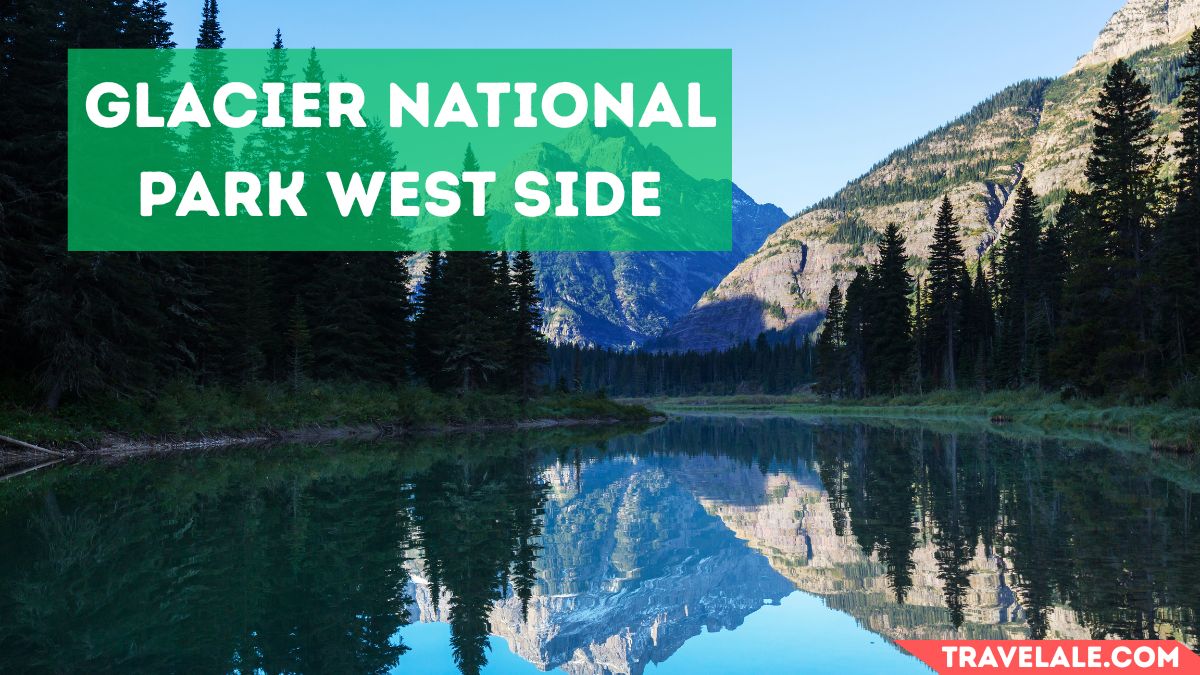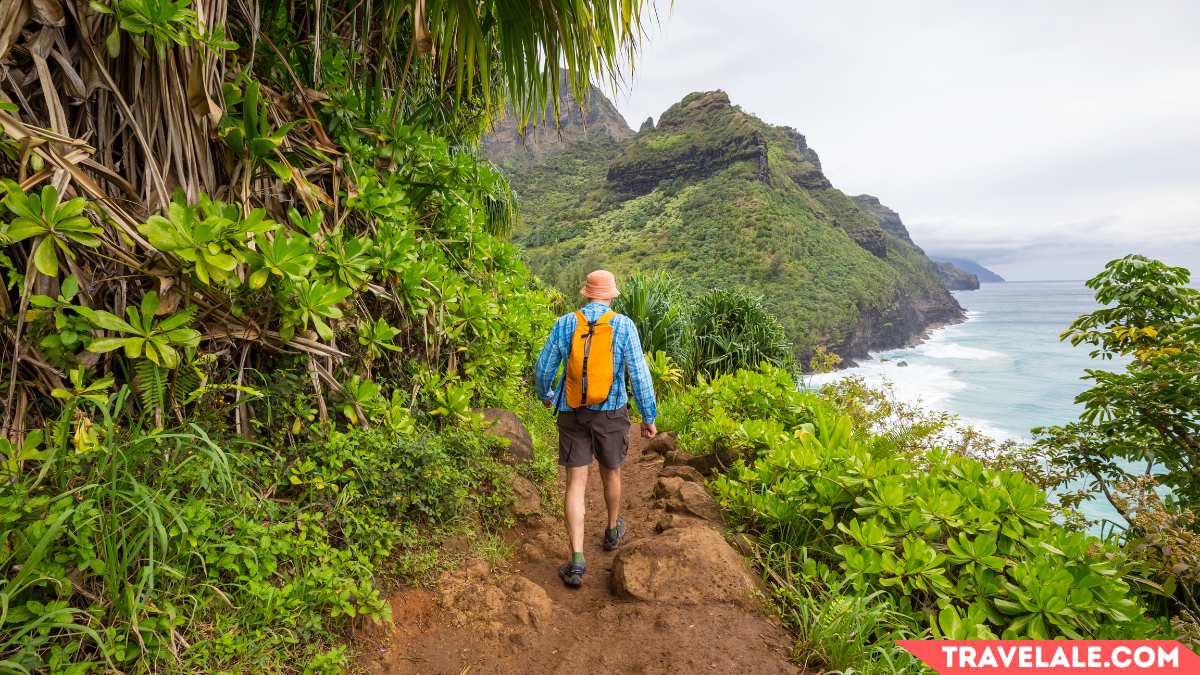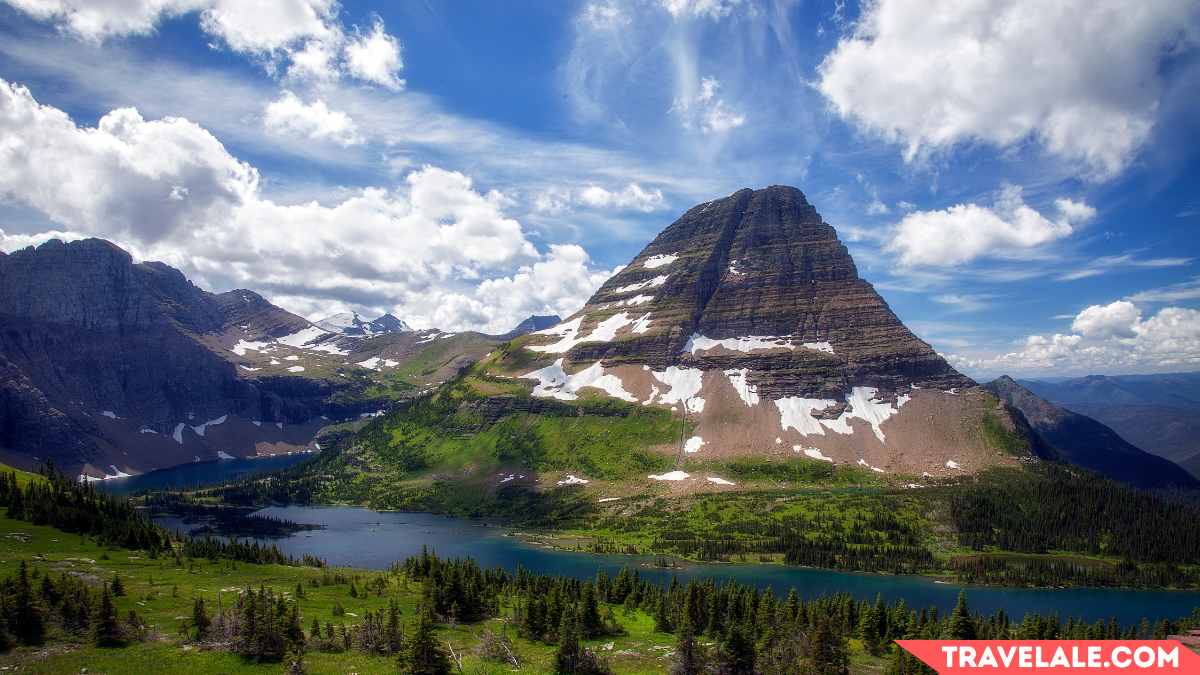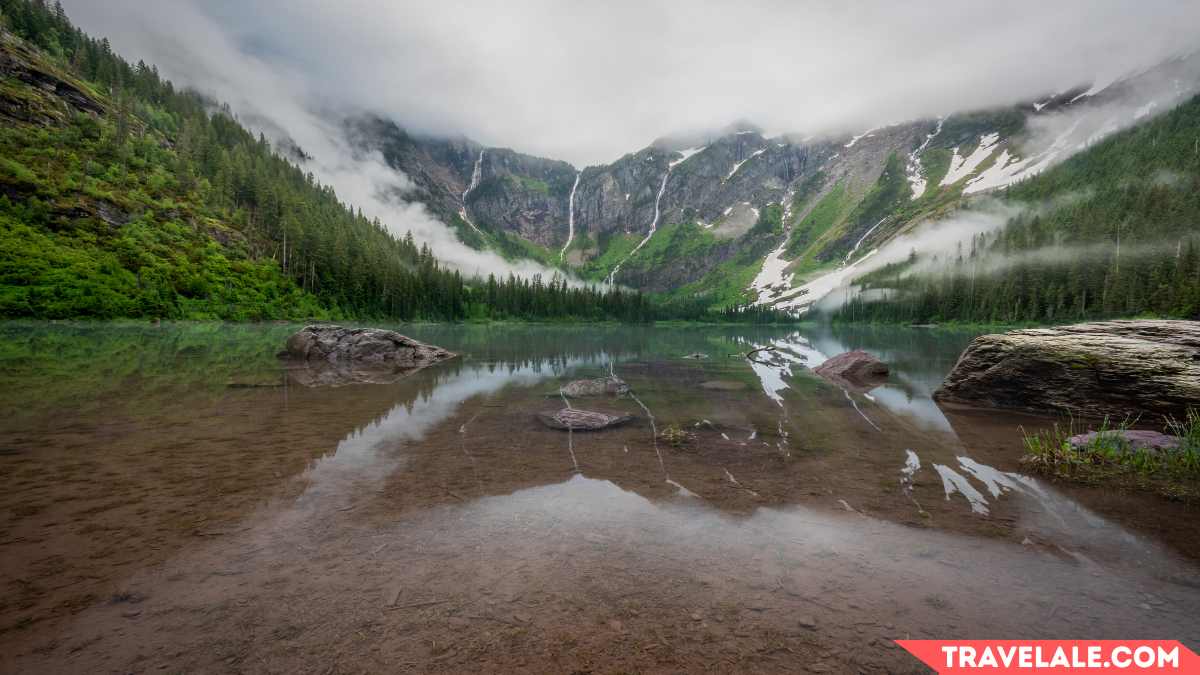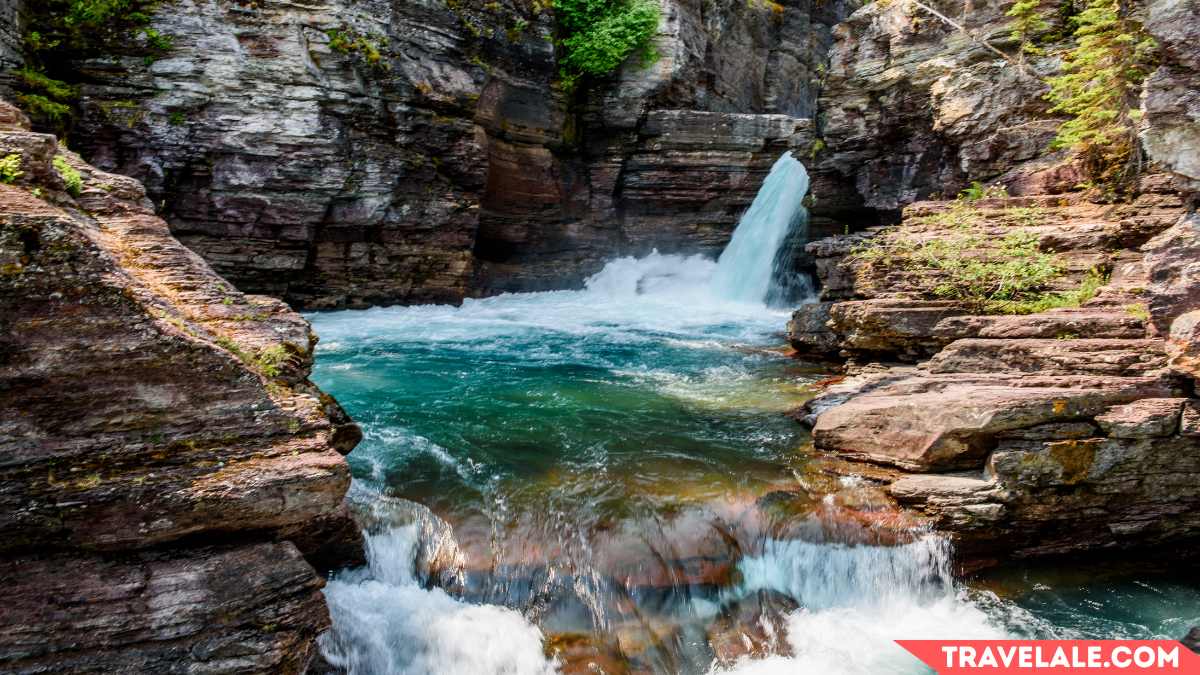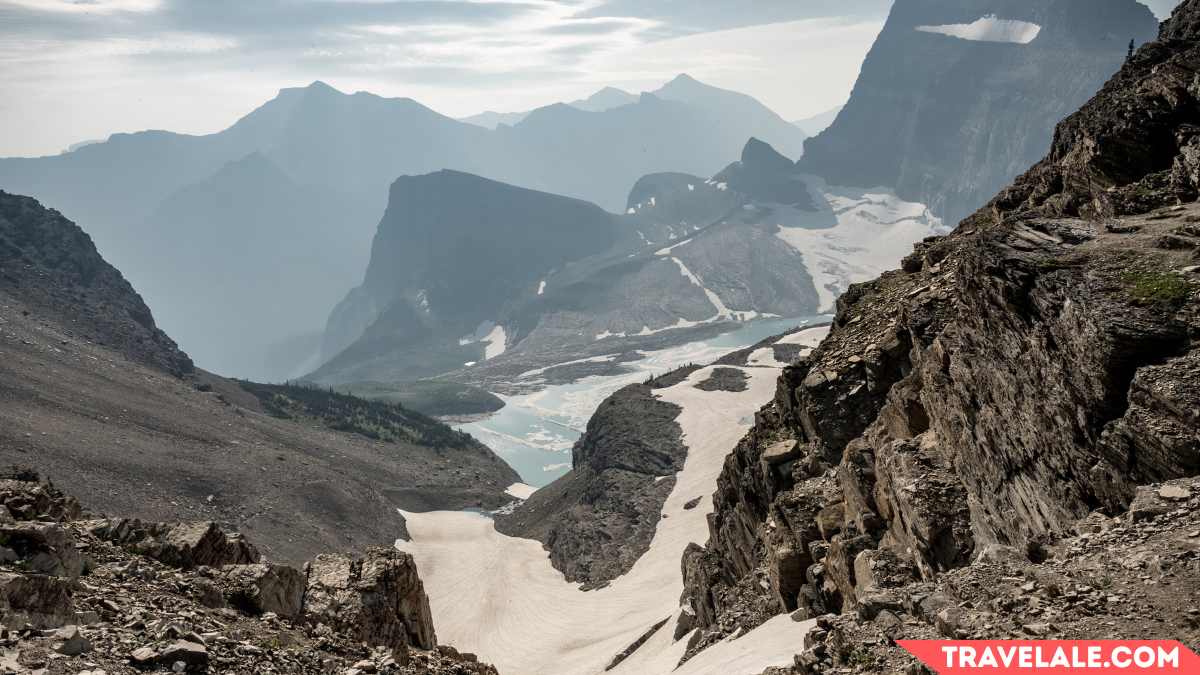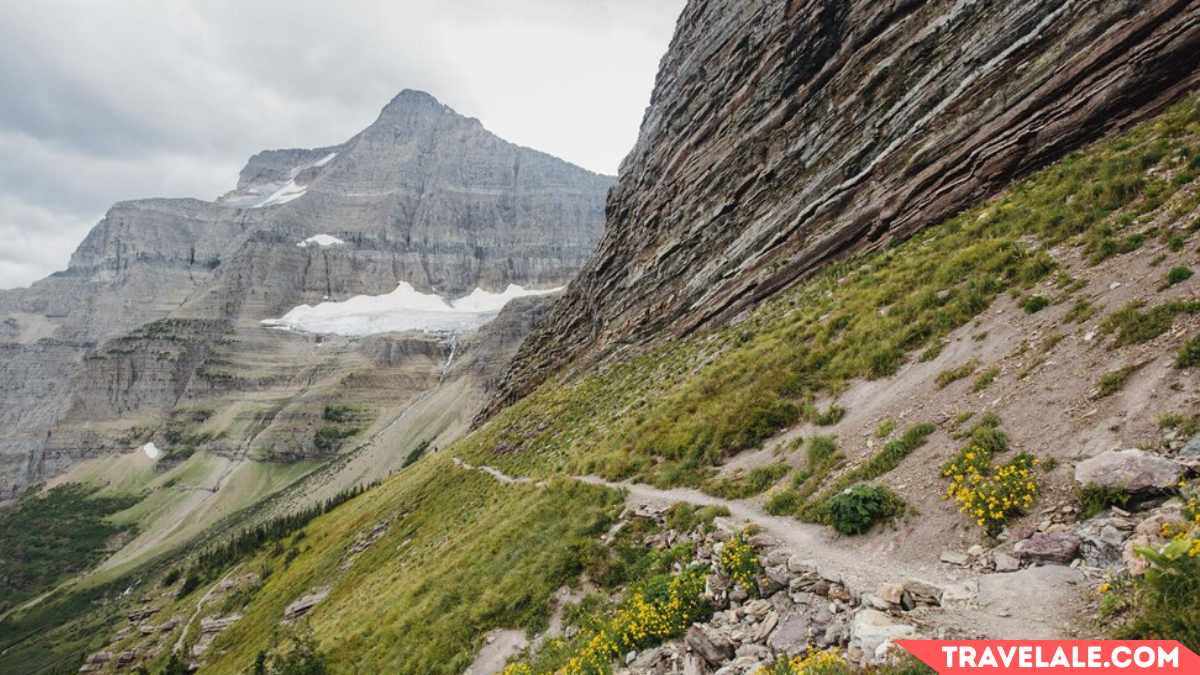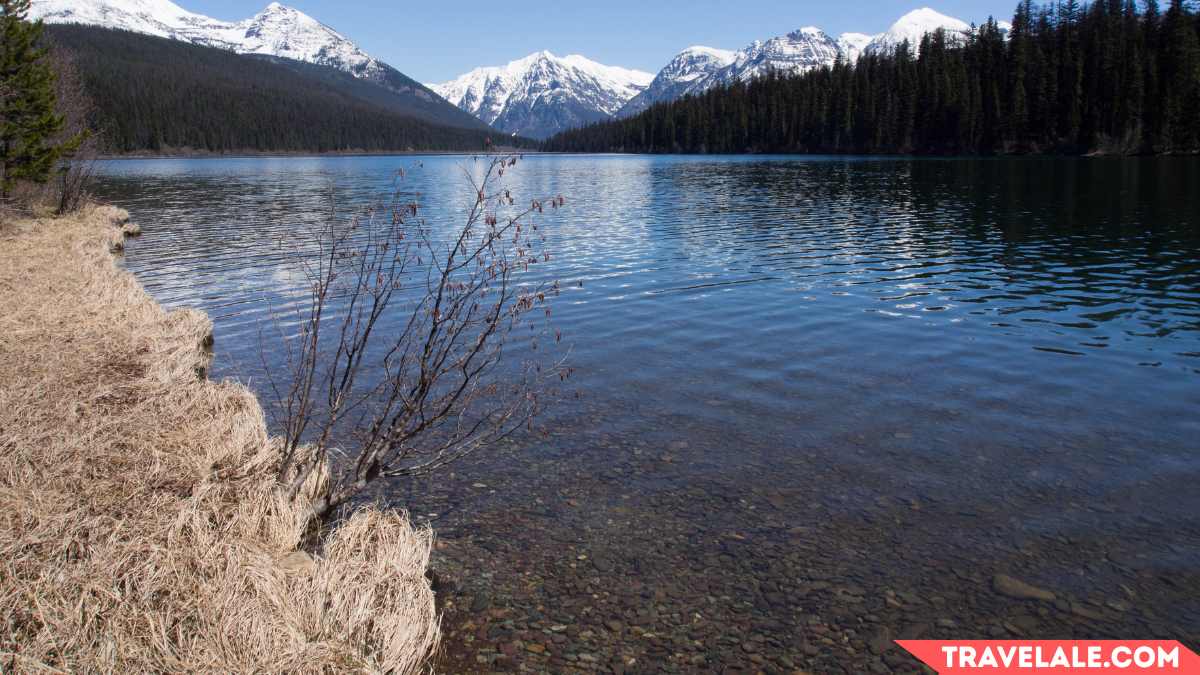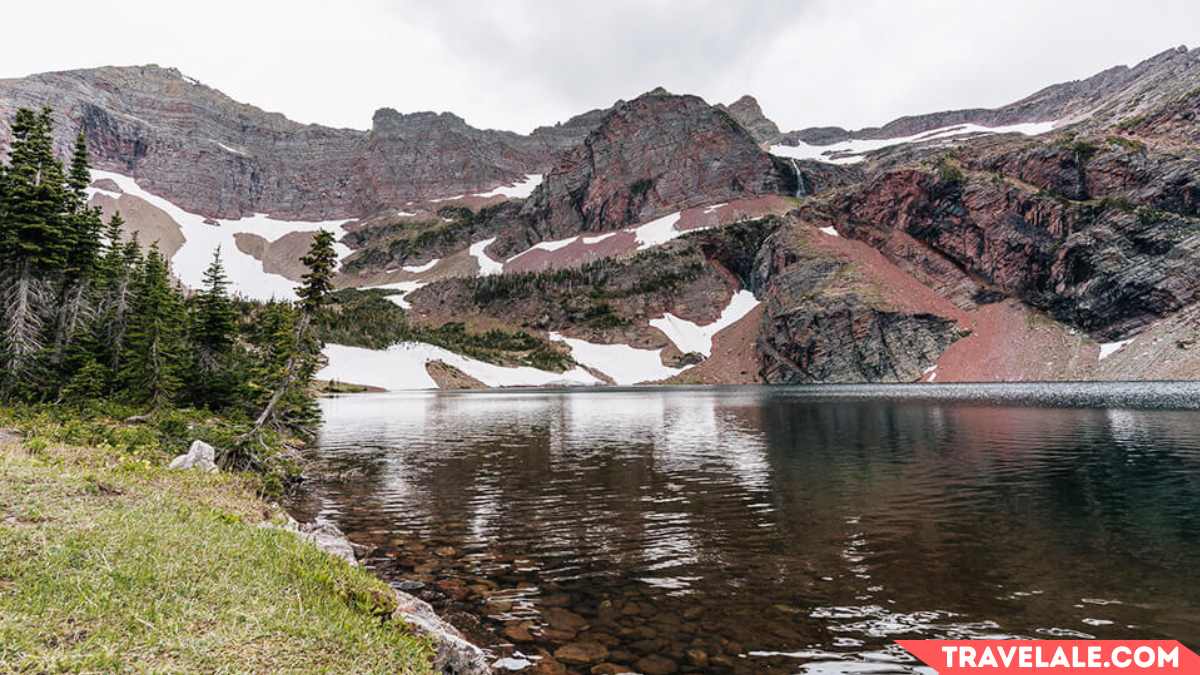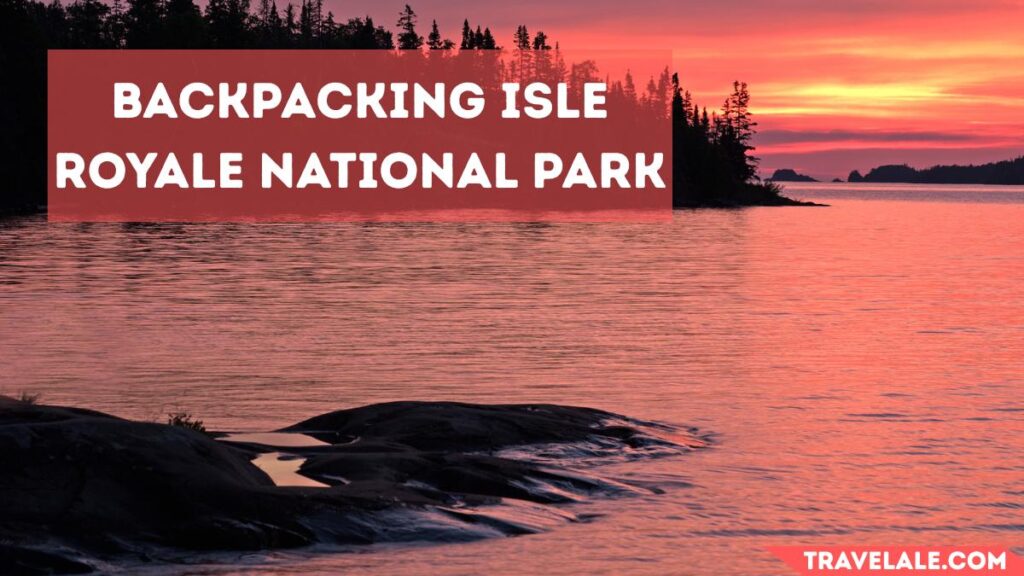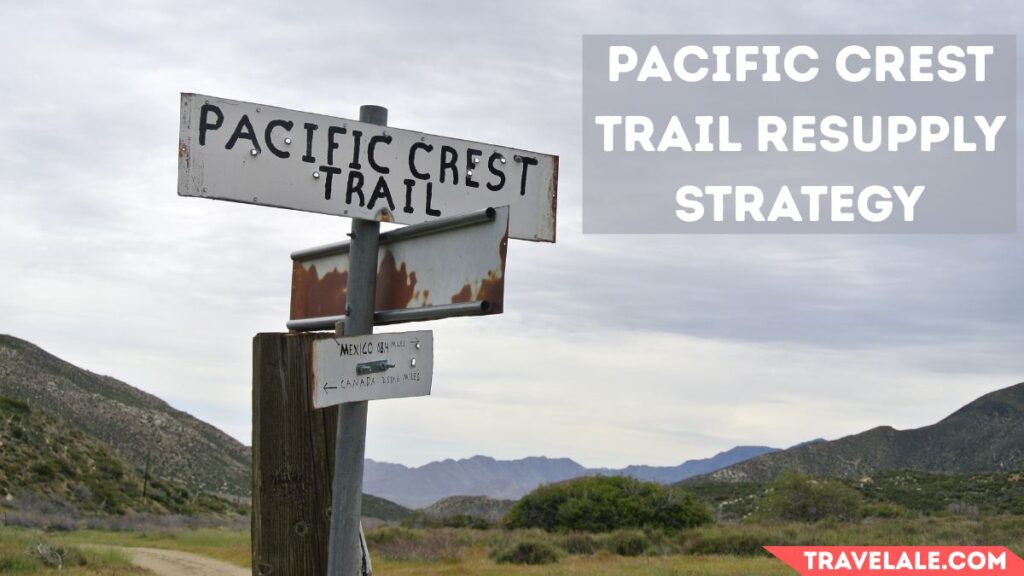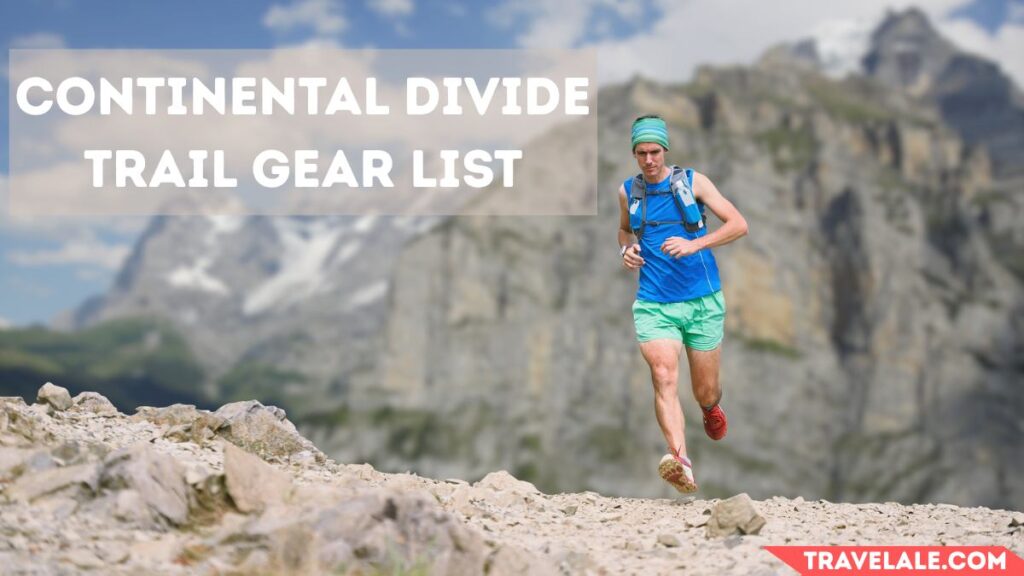Discover the Stunning West Side of Glacier National Park
Glacier National Park has always been one of my favorite places, and visiting in July 2020 for two weeks only deepened that love. Known as the “Crown of the Continent”, this park is a treasure trove of magnificent mountains, stunning turquoise lakes, and glacier-carved terrain. The abundant wildlife and breathtaking landscapes make it one of the most visited National Parks in the United States.
However, my trip was a unique experience due to COVID-19, which led to the closure of East Glacier and its east side entrances. While this was initially disappointing, it allowed me to fully immerse myself in the west side of the park, which is packed with activities and beautiful sights.
Planning a trip to Glacier National Park’s west side requires careful thought, especially if you’re aiming to explore its highlights. From hiking trails to scenic drives, there’s no shortage of adventures. My time there left me eager for a future trip to explore East Glacier, and I’ll be sharing more about my experiences in a future post. Whether you’re a seasoned traveler or a first-time visitor, the west side offers something for everyone, and I hope this guide helps you start planning your trip!
Quick Facts About Glacier National Park
- Glacier National Park officially became a National Park in 1910, preserving its stunning landscapes for future generations.
- Today, there are only 26 glaciers in the park, and they are all shrinking. Back in 1850, there were around 80 glaciers, highlighting the impact of climate change.
- The park is home to 276 species of birds and 71 species of mammals, including loons, bald eagles, ptarmigans, grizzly bears, bighorn sheep, elk, lynx, mountain goats, wolverines, pikas, and mountain lions.
- The Waterton-Glacier International Peace Park was formed in 1932, uniting Glacier National Park in the U.S. and Canada’s Waterton Lakes. It was the first International Peace Park, symbolizing peace and goodwill between the two countries.
- The lands of Glacier National Park hold deep history and culture for the Kootenai, Salish, Blackfeet, and Pend d’Oreille tribes, who have lived here for centuries.
Planning Your Visit
Bringing Your Furry Friends: Pet Guidelines
If you’re planning to bring your pets, note that they are restricted to developed areas such as picnic areas, front-country campgrounds, parking areas, and boats with motorized watercraft. They are not allowed on trails, in the backcountry, or near non-developed lakeshores. Keep your pet on a leash no longer than 6 feet, clean up their waste, and never leave them unattended. Familiarize yourself with the pet rules to ensure a smooth visit.
Staying Safe in Bear Country
Glacier is home to grizzly bears, so bear safety is essential. While hiking, make noise by singing or clapping to alert bears of your presence. Always carry bear spray like Counter Assault Bear Spray and hike in groups if possible. Properly store food and garbage to avoid attracting bears, and stay aware of your surroundings at all times.
The Going-to-the-Sun Road requires a ticketed entry during peak season (May 28 to September 6, 2021, from 6 am to 5 pm). Reservations can be made through the online reservation system for access via the West Entrance or St. Mary Entrance. Plan ahead, as this scenic route is a gateway to many park activities.
Staying Connected: Cell Phone Service
Cell phone service is extremely limited in Glacier. I recommend downloading maps from AllTrails (available for AllTrails+ members) and carrying paper maps for navigation.
Practicing Leave No Trace
Follow the Leave No Trace principles to protect Glacier’s environment: Plan Ahead & Prepare, Travel & Camp on Durable Surfaces, Dispose of Waste Properly, Leave What You Find, Minimize Campfire Impacts, Respect Wildlife, and Be Considerate of Others.
Best Time to Visit
The ideal months to visit are July and August, though these are also the peak summer season with crowds. During my visit in July 2020, there was still snow in some areas. For fewer crowds, consider the off-season, but be prepared for adverse weather conditions and seasonal road closures.
Reaching Glacier National Park: Your Travel Options
Glacier National Park is nestled in northwest Montana, close to the Canadian border, and offers multiple ways to get there. If you’re flying, the Glacier Park International Airport (FCA) is your best bet. For a more scenic route, hop on Amtrak’s Empire Builder train, which stops in East Glacier, West Glacier, and Whitefish, Montana. Road trippers can enjoy the journey too—it’s a 22+ hour drive from Wisconsin, 9 hours from Seattle, or 15 hours from Denver. The West Entrance, just past West Glacier Village, is your gateway to must-see spots like Lake McDonald, Apgar Village, and the iconic Going-to-the-Sun Road.
Where to Stay: Campgrounds and Lodges
On the west side of Glacier, you’ll find a variety of accommodations. For campers, there are private campgrounds like West Glacier KOA and Glacier Campground, or you can stay inside the park at Fish Creek Campground. Be sure to book early, as National Park campgrounds operate on a 6-month rolling basis. If you prefer spontaneity, try first come first serve options like Bowman Lake, Apgar, Sprague Creek, Quartz Creek, or Logging Creek. For a more comfortable stay, check out Lake McDonald Lodge or the Village Inn at Apgar, both located in the Lake McDonald Area.
Nearby Towns: Hotels and Convenience
If camping or lodges aren’t your style, nearby towns offer excellent hotels. West Glacier, Columbia Falls, Whitefish, and Kalispell are all close to the park and provide easy access to its attractions. These towns are perfect for those who want to stay near the park without roughing it.
Must-Do Easy Activities & Hikes
For those seeking easier activities in Glacier National Park, start with the iconic Going-to-the-Sun Road, a 53-miles scenic drive that cuts through the heart of the park. This route offers jaw-dropping scenery of towering mountains, lush valleys, and the chance to spot wildlife like bighorn sheep or mountain goats.
Make sure to stop at pull-outs and overlooks to soak in the views, especially at Logan Pass, which sits at an elevation of 6,647-feet and marks the Continental Divide. Roll down your windows, feel the crisp mountain air, and enjoy the ride as you wind through this breathtaking corridor.
If you prefer short hikes over a full day of hiking, the park has plenty to offer. Trails like Avalanche Lake or Hidden Lake Overlook are popular hikes that are manageable in 1 day and reward you with stunning vistas. Pair these with a leisurely drive along the scenic drive to make the most of your visit. Whether you’re exploring by car or on foot, the west side of Glacier National Park promises unforgettable experiences for every traveler.
Hike to Hidden Lake Overlook
If you’re exploring the Glacier National Park west side, the Hidden Lake Overlook trail is a must-do. This hike is easy to moderate, with an elevation gain of 567 ft over a short distance, making it accessible for most visitors. The 2.9 miles roundtrip journey is an Out-and-Back Route Type, offering stunning mountain views and chances to spot wildlife like mountain goats and rams. I’ve personally hiked this trail and can vouch for its breathtaking scenery—it’s a perfect blend of adventure and tranquility.
Hidden Lake Details:
- Distance: 2.9 miles roundtrip
- Route Type: Out-and-Back
- Elevation Gain: 567 ft
- Difficulty: Easy/Moderate
- Trailhead: Logan Pass Visitor Center
- Parking: Large parking lot (arrive early or try late afternoon to avoid crowds)
Relax at Lake McDonald
As you enter Glacier National Park through the West entrance, Lake McDonald greets you with its iconic views, making it one of the first views you’ll see. This perfect location is ideal for a swim in its refreshing water after a long day of hiking or to paddle around the lake—rentals are available in Apgar Village. For a more relaxed experience, take a stroll along the lakeside or treat yourself to ice cream from one of the nearby concessionary stores.
I’ve spent countless hours at Lake McDonald, whether enjoying breakfast, drinking coffee, or skipping rocks at sunset. It’s a great spot to start or end your day, offering a peaceful escape amidst the beauty of Glacier.
Explore the Hike to Avalanche Lake
The Avalanche Lake hike is a popular hike for good reason—it’s a moderate hike with an elevation gain of 730 ft and offers a beautiful journey through a wooded area to the stunningly clear Avalanche Lake. The trail begins on the Trail of the Cedars, a boardwalk through a grove of towering trees alongside a strikingly blue river. As you continue, the path leads to the lake, a great place to take a break, eat some lunch, and soak in the serene surroundings.
Avalanche Lake Info:
- Distance: 4.5 miles roundtrip
- Route Type: Out-and-Back
- Elevation Gain: 730 ft
- Difficulty: Moderate
- Trailhead: Trail of the Cedars trailhead (off Going-to-the-Sun Road)
- Parking: Arrive by 8:00 am or after 1:00 pm to secure parking at the trailhead parking lot. Alternatively, park at the Lake McDonald Lodge area and use the shuttle system to reach the trailhead.
Discover St. Mary and Virginia Falls
If you’re a waterfall chaser or looking for an easier hike, the St. Mary and Virginia Falls Trail is perfect for you. This 3 miles roundtrip hike takes you to two waterfalls—St. Mary Falls, which drops about 35 feet with water in a beautiful turquoise color, and Virginia Falls, which plunges 50 feet. The Distance is 2.9 miles roundtrip with an Elevation Gain of 452 ft, making it an Easy hike. The Trailhead starts at St. Mary Falls Trailhead, but if the parking lot is full, you can use the shuttle when it’s running.
Bowman Lake Info:
- Location: Just north of Polebridge, about a 1.5-hour drive from Apgar in the West Glacier area.
- Access: Drive on Bowman Lake Road, a narrow, bumpy dirt road. Drive slowly and be ready to pull to the side for other vehicles.
- Activities: Day-use picnic area, hiking trails, swim, fishing, kayak, or simply enjoying the view.
- Experience: One of my favorite lakes on my trip, and I’d love to hike near it in the future.
Must-Do Adventurous Hikes
For those seeking longer and more challenging adventures, Glacier National Park offers all-day or multi-day hikes that provide a deeper look into its stunning beauty. These trails are perfect for adventurers who want to explore the park’s rugged terrain and breathtaking landscapes.
Grinnell Glacier Overlook via the Highline Trail
Starting at Logan Pass, the Grinnell Glacier Overlook via the Highline Trail is a must-do for those who want to see a glacier up close. The hike begins on the Highline Trail, offering incredible views of the park. A highlight is the quarter-mile ledge section, which can be intimidating for those afraid of heights, but the trail is wide and features a cable for support.
After 7 miles, you’ll reach the Garden Wall Trail, where a steep climb of 900 feet in less than a mile leads to the top. From here, you’ll enjoy a stunning view of Grinnell Glacier and its glacial lakes.
Lake Info:
- Distance: 15.5 miles roundtrip
- Route Type: Out-and-Back
- Elevation Gain: 2,830 ft
- Difficulty: Hard
- Trailhead: Highline Trailhead (off Going-to-the-Sun Road)
- Parking: Logan Pass Visitor Center (arrive early to secure a spot)
Siyeh Pass Trail
The Siyeh Pass Trail is a favorite among hikers for its diverse scenery. The trail takes you past a river, through a forest, and across meadows before climbing switchbacks to the top of Siyeh Pass. The outstanding views from the pass are worth the effort. You can either turn back or continue to Sunrift Gorge near Saint Mary Lake. If the shuttle service is running, you can take it back to your car.
Lake Info:
- Distance: 9.7 miles
- Route Type: Point-to-Point
- Elevation Gain: 2,234 ft
- Difficulty: Hard
- Trailhead: Siyeh Bend Trailhead (2 miles east of Logan Pass)
- Parking: Available at the trailhead; use the shuttle for return trips
Grace Lake via Logging Lake Trail
For a more secluded experience, the Grace Lake via Logging Lake Trail is a great choice. Located in the Polebridge area, this lengthy trail of 26 miles roundtrip takes you through secluded landscapes. Along the way, you’ll pass Logging Lake, which offers backcountry camping options. The trail is also known for its huckleberries, which are abundant in late July 2020.
Lake Info:
- Distance: 25.6 miles roundtrip
- Route Type: Out-and-Back
- Elevation Gain: 2,158 ft
- Difficulty: Moderate (but long)
- Trailhead: Logging Lake parking lot (accessed via Polebridge Entrance)
- Parking: Drive from West Glacier takes 1 to 1.5 hours
Otokomi Lake
The hike to Otokomi Lake is a hidden gem and less crowded than other trails. It’s an uphill climb to the lake, but the effort is rewarded with the chance to take a dip in the chilly water. This 5+ miles hike is perfect for those looking for a quieter adventure.
Lake Info:
- Distance: 10.4 miles roundtrip
- Route Type: Out-and-Back
- Elevation Gain: 2,303 ft
- Difficulty: Hard
- Trailhead: Rising Sun Parking Lot
Best Locations to Watch the Sunrise and Sunset
For a magical sunrise experience, head to Lake McDonald. This spot is perfect for those who want beautiful, colorful reflections without the effort of a hike. The shoreline is large, making it easy to access and find a quiet spot to enjoy the morning light. If you’re staying at one of the west side campgrounds, it’s just a short drive away, so you don’t have to wake up too early, even in the summer.
If you prefer sunset, Big Bend is a fantastic choice. Located along Going-to-the-Sun Road, this pull-out allows you to park your car and watch the last light hit the mountains without needing to walk far. It’s a popular spot for wedding photos, but there’s plenty of space for everyone to take in the incredible views. After a long day of hiking, it’s the perfect way to unwind.

